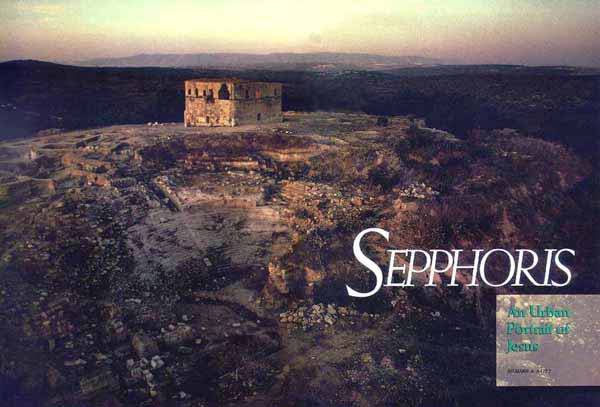Image Details

Ira Block, © National Geographic Society
The acropolis at Sepphoris grandly rises 400 feet above the surrounding fields of central Galilee. Crowned by a fortified tower first built by the Romans in about 350 A.D., the site in the early first century A.D. served as the capital for Herod Antipas, appointed by Rome as tetrarch of Galilee and Perea. In 3 B.C., a year after the death of his father, Herod the Great, Antipas began rebuilding Sepphoris, which had been destroyed by the Romans in an effort to quell a rebellion. Over the next several decades, Antipas created a thriving and sumptuous metropolis at Sepphoris, the remains of which are now being exposed by excavations, visible at left and center and unseen on the other side of the hill. These excavations have so far uncovered four major buildings dated by associated pottery to the early first century A.D., that is, to the time of Antipas’s city. In addition to the theater, the seats of which can be seen at center the work has exposed a large colonnaded building (possibly a basilica), a villa and community ritual baths.
